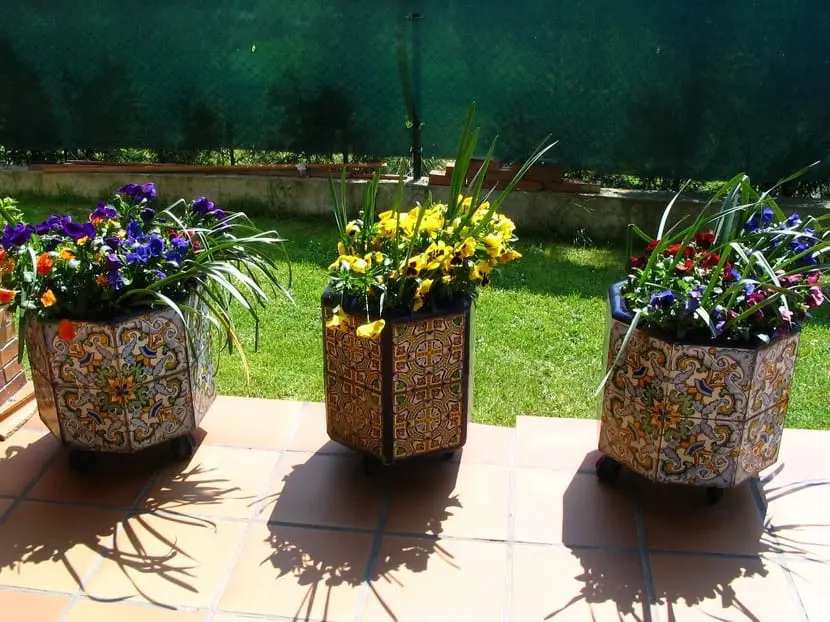We know that it is not the same to grow plants in pots than to do it in firm and nourished soil , where there is no shortage of surface and the conditions are the most suitable for the crop to evolve without stones in the way.
In the first case, you have to be much more cautious and study the needs of each plant, make sure they receive nutrients but avoid excess, checking that the soil is moist but not waterlogged, that the roots have room to spread.
Mother Earth
In the case of potting soil, it is common for it to look somewhat dull and washed out over time, to form a hard layer on the surface and to appear caked. That even watering is dry, as if the water could not penetrate it.
This is something very common that happens when the soil becomes old and is not renewed , something that is accelerated much more in pots due to the lack of surface. What is worse, it speaks of the lack of nutrients in the soil .

In these cases, it is best to incorporate a liquid fertilizer so that the soil recovers health. You can do it every 15 days because an excess of nutrients can end up affecting the soil by burning the leaves of the plant.
The best time to do this is from late winter to early fall . Then you have to space the doses to once a month.
Another alternative is slow-release fertilizers that are placed in the soil and released in precise doses. They require less work because they last 3 months.
earth care
In addition to applying a fertilizer, you can turn the soil from time to time to loosen it and allow water to penetrate .
Every two years, it is recommended to change the soil of potted plants, but in the case of large plants you can renew it by adding new soil to the top of the substrate.


